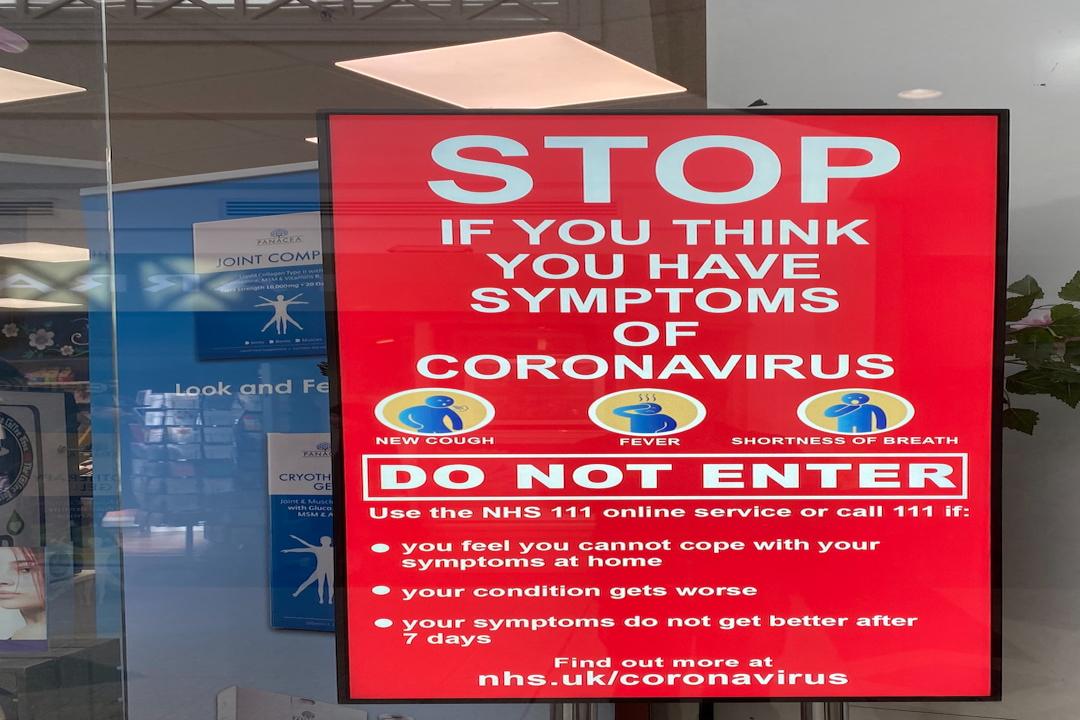Given the unreliability of many traditional recession indicators in recent years, investors may be looking for new indicators. Examples of such indicators include the inverted yield curve, the Conference Board’s Leading Economic Index, and the rapid rise in interest rates in 2022 and 2023.
The key is that due to weak economic data, the current stock prices seem to reflect an initial soft landing of the economy, which may initially appear to be an economic recession. Investors who incorrectly predict an economic recession may adopt overly conservative strategies and miss out on potential gains.
For example, investors who exited during the S&P 500’s decline in 500 missed out on the subsequent gains in the following months.
Read more:

Russia and North Korea join forces against the West
Jim Paulsen, Chief Investment Strategist at Paulsen Perspectives, believes that Walmart’s unique position can provide valuable information about economic recession trends. Walmart’s focus on budget-conscious shoppers allows management to have a clear understanding of consumers’ financial health, particularly for consumers with limited income who often experience economic difficulties first.
Paulsen developed the so-called Walmart Recession Signal (WRS) – an indicator that compares the company’s stock price to the S&P Global Luxury Index. The purpose of this comparison is to track the shift in consumer spending from luxury items to more affordable choices as the economy slows down and recession risks increase.
Paulsen overlays the WRS with corporate credit spreads, noting a close correlation between the two since 2007. This is not surprising as credit spreads (the difference between corporate bond yields and government bond yields) tend to widen with increasing recession risks.
It is particularly interesting when the WRS and credit spreads send conflicting signals.
Read more:

How cryptocurrencies can help the US overcome its debt crisis
Although both indicators predicted the 2007 financial crisis, in 2015 and 2016, WRS remained stable even as credit spreads widened, indicating that an economic recession had not occurred. In the second half of 2019, WRS once again issued a recession signal, while credit spreads did not.
Paulsen states that credit spreads have been narrowing throughout the year, indicating a healthy economy with no significant financial pressures. However, WRS has risen to its highest level since the 2020 economic recession.
In the latter two cases, the indicator proved to be accurate while credit spreads did not. Will it be right this time?
Paulsen remains cautious about the indicator as it has a shorter history, while other indicators show a strong economy.
“The balance sheet is strong, liquidity is ample, job creation is slowing but remains positive, real wages and incomes continue to rise,” he said.
Analysts believe that WRS suggests a soft landing, but if it continues to rise, investors may need to reconsider recession risks.


